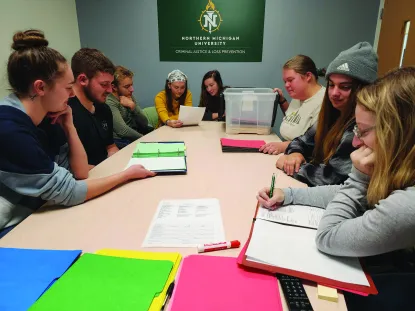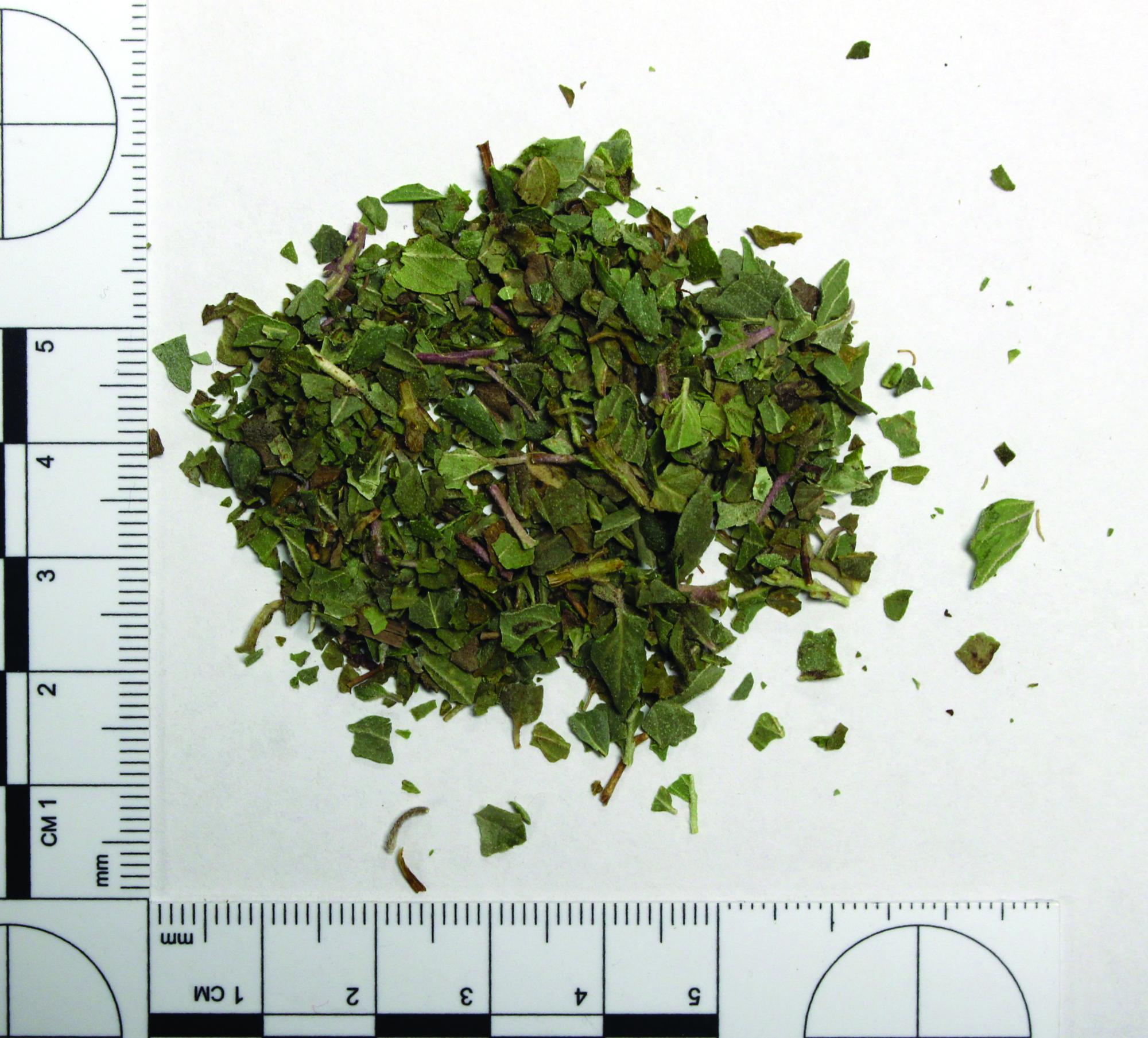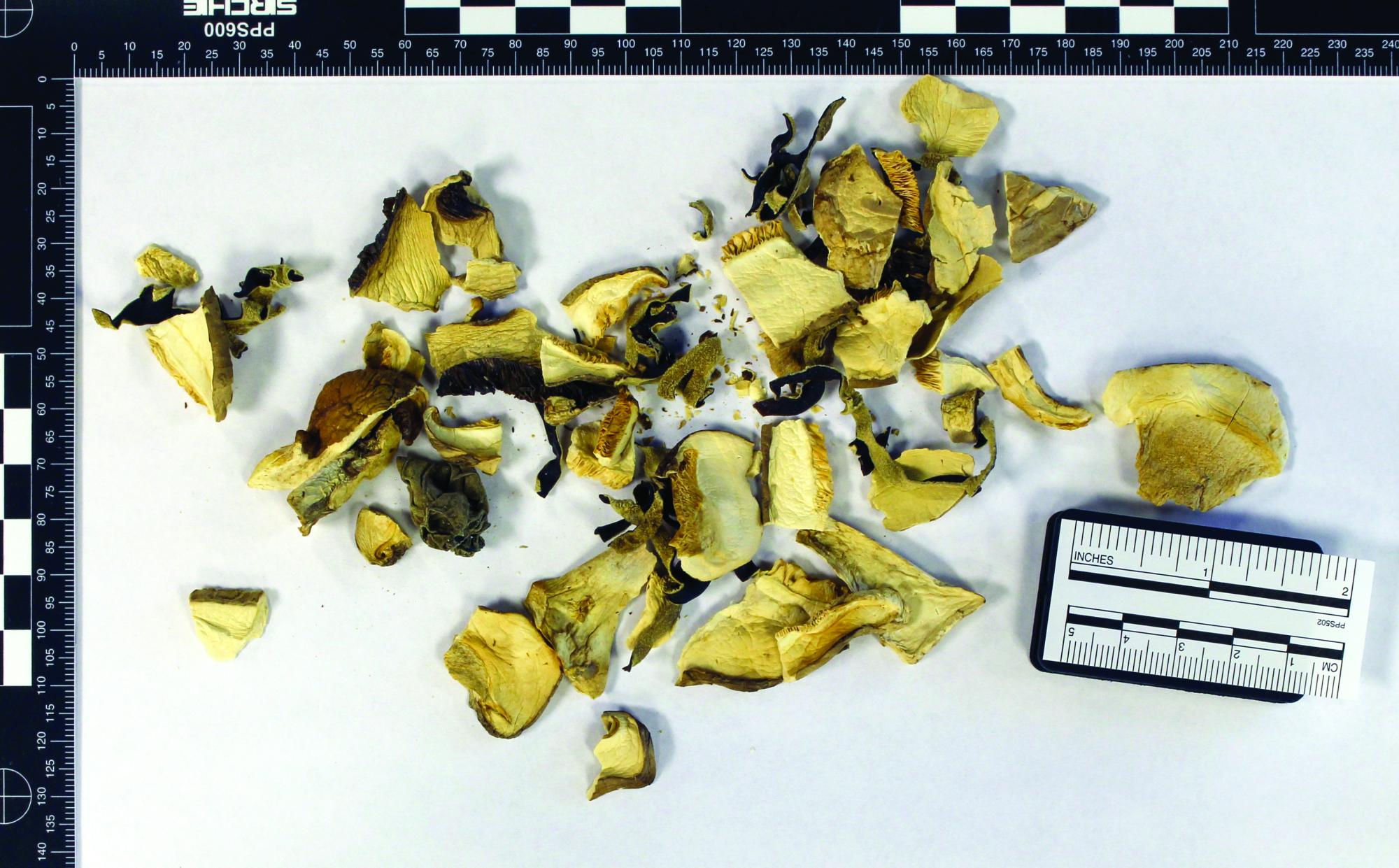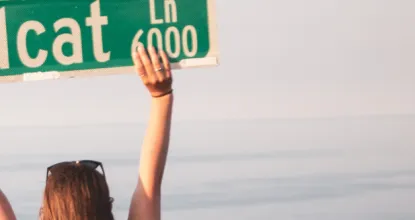
Cracking a Cold Case
By Julia Seitz
NMU students are working on an Upper Peninsula homicide cold case with a detective from the Michigan State Police. The criminal justice special topics course is open to criminal justice, forensic biochemistry, cybersecurity and forensic anthropology majors. Thirty students applied and were interviewed, and eight were selected to participate in the Fall 2022 Cold Case Course.
Students are collaborating with NMU CJ alumnus Detective First Lieutenant Paul Campbell ’86 BS, ’91 MPA, who is the Special Investigations Section and Task Force commander for the Michigan State Police Eighth District. They gather, review, annotate and analyze police investigative files, visit the crime scene and use such information to develop investigative leads that will be provided to detectives for their investigation. Additionally, students will digitize the entire case file for future investigators who work on the case. The students will complete nearly 1,000 total hours of research over the semester. They also learn from special guest speakers, write reaction essays, personal journals, and will complete a final project in which each student must present their findings. Their efforts are being conducted in a secure location on campus.
It’s a great experience for our students. This is a win-win for NMU and the Michigan State Police for the educational opportunities, the research our students are able to conduct, and the contacts our students are making,” said course instructor Christopher MacMaster, MPA ’03, who served with the State Police for 25 years.
Annastiina Kesti, a current student enrolled in the course, said “The cold case course is a good connecting point between education and career. Students involved in it are coming close to finishing their degree and are getting close to having careers, and the course can be helpful to confirm their career goals.”
Robert Hanson, Criminal Justice department head, said the collaboration “is a reflection of the long-standing relationship between the State Police and the university. The opportunity for students to work with a detective on a cold case can’t be duplicated in textbooks.”
Simulating Drugs
By Julia Seitz
Another NMU instructor, Lexie Belles ’06 BFA, stimulates imaginations to create simulated drugs to photograph for her forensic photography class. Belles and her teaching assistants use everyday items in stores to re-create drugs that may be present on crime scenes.
The more accurately we create them, the more likely it's going to give the students a real-world experience of what they're going to be collecting,” said Belles.
With her knowledge from working nine years as a forensic imaging specialist for the State of Wisconsin Crime Laboratory Bureau, she used purple rock candy inside bead dime bags to mimic purple crystal heroin. Teaching Assistant Autumn Combs is working on re-creating portable meth labs made in pop or Gatorade bottles—“shake n’ bakes”—filled with a white chalky substance and dirt to mimic typical layers of the substances.
Other simulated drugs include LSD and ecstasy tablets made of modeling clay, organic dried mushrooms for psychedelic drugs, large leaf oregano for marijuana and even a hole puncher and fancy paper to imitate LSD-laced paper and postage stamps.
Another project is a mock kilo of cocaine imitating packages from South America with a cartel’s stamp on them, created from sidewalk chalk and a cookie cutter for the seal.
“It makes the learning process a lot smoother when you're actually working on something that's tangible or identical to what you're going to work on in real casework.”
The first five weeks of class is a crash course in photography, where students learn to operate a DSLR camera and photograph drugs, fingerprints, footwear, blood and more. Forensic biochemistry, anthropology, criminal justice and occasional art majors compose the class.
“I love having the different majors because everybody brings a different kind of aspect to it,” said Belles. “They ask different questions. It's a very hands-on class.”
The students’ final project is choosing their favorite photo and using all the techniques and knowledge they have learned throughout the semester to process it. Their final photo projects are then hung in the Criminal Justice Department office.

 Simulated marijuana and psychedelic mushrooms created by Autumn Combs. Top photo by Ester Byington; bottom photo by Olivia Crandall.
Simulated marijuana and psychedelic mushrooms created by Autumn Combs. Top photo by Ester Byington; bottom photo by Olivia Crandall.
